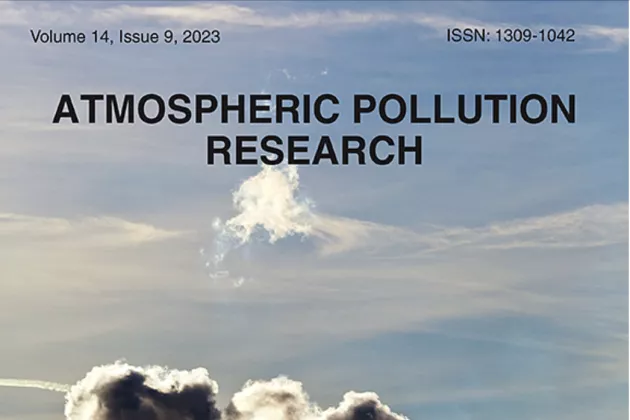The article, "Spatiotemporal variability of dust storm source susceptibility during wet and dry periods: The Tigris-Euphrates River Basin", was also co-written by Hussein Hamid Hassan (University of Duhok).
This study develops a framework for spatiotemporal modeling of dust storm source susceptibility in a critical case study, the Tigris-Euphrates River Basin, as a significant source of dust storms in the Middle East. The study period was divided into four periods, 2000–2004 (hydrological dry year), 2005–2007 (hydrological wet year), 2008–2012 (hydrological dry year), and 2013–2021 (hydrological wet year) representing hydrological conditions in the study area. Initially, visual interpretations of true color composites of the MODIS satellite images were conducted to spot dust storm sources in the studied periods. Topographical, hydrological, soil texture, and vegetation health datasets were prepared to model dust storm source susceptibility in each period. The random forest algorithm was implemented on the four study periods’ datasets. For each period, 70% of dust and non-dust storm sources and conditioning factors were used for training the models. The models were then validated using the validation datasets (remaining 30%), and the importance of the variables was determined for each study period. In the 2008–2012 period, experiencing an extensive drought in the region, a higher number of dust storm sources were detected, and 383 locations (pixels) in the area were considered highly susceptible to dust storm sources. In all study periods, as well as in the ensemble model (integrating the results of four study periods into one overall model), high susceptibility to dust storms was detected in areas where lakes and marshlands had dried up due to climate factors, inappropriate water management strategies, and land use policies. The results also depicted that elevation, wind speed, precipitation, vegetation coverage, slope degree, distance from rivers, and soil texture had high impacts on the susceptibility of land to be a dust storm source.





